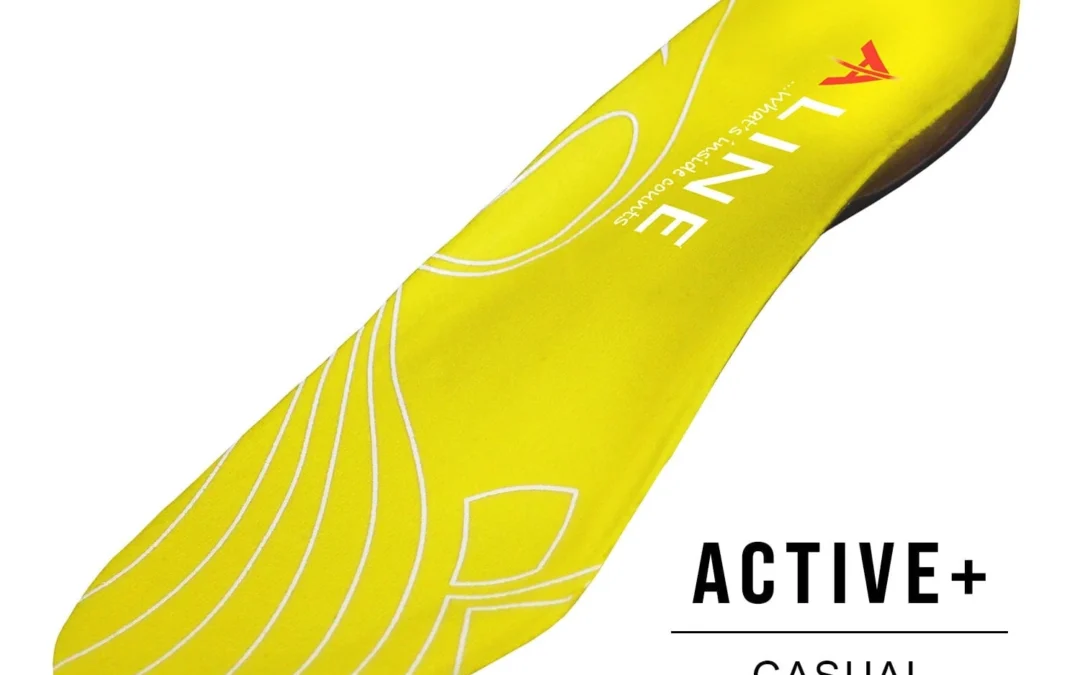When it comes to boots, comfort and support are key factors that ensure your feet stay happy all day long. Whether you’re walking long distances, hiking, or standing for hours, the right insoles can make all the difference. Let’s explore how to choose the best boot insoles for maximum comfort and support, addressing essential aspects like materials, fit, and performance.
Why Boot Insoles Matter for Comfort and Support
Boot insoles are designed to provide additional cushioning and support to the feet. A good insole can help relieve pressure, reduce foot pain, and improve posture. Insoles also absorb shock, which can prevent long-term damage to your feet and joints. The right insole helps distribute weight evenly, providing the perfect balance of comfort and support while reducing fatigue.
Types of Boot Insoles Available
There are various types of boot insoles to choose from, each tailored to specific needs. Cushioning insoles are great for providing softness, while orthotic insoles are ideal for people with foot issues like arch pain or flat feet. If you spend a lot of time outdoors or on your feet, insoles designed for shock absorption and moisture-wicking properties will keep your feet dry and comfortable.
Key Features to Look for in Boot Insoles
When selecting boot insoles, it’s important to consider several features. Comfort is the top priority, so choose insoles that provide adequate cushioning. Support is essential, especially for individuals with foot conditions. Look for insoles that are designed with arch support and heel stability. Additionally, moisture-wicking materials, odor control, and durability are other key features to keep in mind.
The Role of Arch Support in Boot Insoles
Arch support is one of the most important aspects of a good insole. Without proper arch support, your feet may experience fatigue, pain, and discomfort. Insoles with good arch support help align the feet and reduce strain on the knees, hips, and lower back. They also help alleviate issues like plantar fasciitis and flat feet. Proper arch support keeps your feet comfortable and prevents long-term damage.
Materials Used in the Best Boot Insoles
The materials used in boot insoles play a big role in their performance. Memory foam, gel, and EVA are commonly used to provide cushioning and shock absorption. Memory foam molds to the foot’s shape for a personalized fit, while gel offers excellent shock absorption. EVA is lightweight and durable, providing a balance of comfort and long-lasting support. Each material has its advantages, so choose based on your needs.

Comfort for Long Hours in Boots
If you’re wearing boots for extended periods, comfort is paramount. Insoles that offer cushioning and breathability are ideal for long hours on your feet. Materials like foam, gel, or soft fabric allow for extra comfort and minimize pressure points. Additionally, moisture-wicking properties help prevent sweat and discomfort, keeping your feet cool and dry even during long workdays or outdoor activities.
Insoles for Outdoor Activities and Hiking Boots
For those who spend time outdoors, choosing the right insoles is crucial. Insoles for hiking boots should provide both cushioning and stability. Look for insoles with added shock absorption to reduce the impact on hard surfaces. Additionally, insoles with moisture-wicking features will keep your feet dry, and antimicrobial properties will help prevent odor buildup during long hikes.
Customizable Insoles for a Personalized Fit
Custom insoles offer the best fit and comfort by molding to the specific shape of your foot. These insoles can be designed to address individual foot issues such as high arches, flat feet, or heel pain. Many brands offer custom insoles or heat-moldable options that allow the insole to adapt to your foot’s contours. If you suffer from persistent foot pain, customized insoles can be a game-changer.
Benefits of Odor-Control Insoles for Boots
Odor control is an important feature for insoles, especially if you wear boots for long periods. Insoles with built-in antimicrobial or odor-fighting properties help keep your boots fresh by preventing bacteria growth. Materials like activated charcoal, copper-infused fabric, or bamboo charcoal are commonly used to absorb moisture and neutralize odors, providing a more comfortable and hygienic environment for your feet.
How to Choose the Right Size of Insoles
Choosing the right size of insoles is essential for ensuring comfort and support. Insoles come in various sizes, but most brands offer trim-to-fit options that allow you to adjust them according to the size of your boots. Be sure to measure your feet correctly and check the insole size chart before purchasing. Insoles that are too large or too small may cause discomfort, so a proper fit is critical.
How to Maintain Boot Insoles for Longevity
Proper maintenance can significantly extend the life of your boot insoles. Keep your insoles clean by regularly washing them according to the manufacturer’s instructions. Many insoles can be wiped down or machine-washed to remove dirt and odor. Also, ensure that the insoles dry completely before placing them back in your boots to prevent moisture buildup. Replacing insoles when they lose their cushioning or support will help maintain optimal comfort.
Conclusion
Choosing the best boot insoles for maximum comfort and support can greatly enhance your foot health and overall well-being. Whether you’re seeking insoles for work, hiking, or daily use, make sure to select the ones that match your specific needs. If you’re looking for high-quality shoe inserts near me, visiting a local store or consulting a specialist can help you find the perfect fit for your boots.
